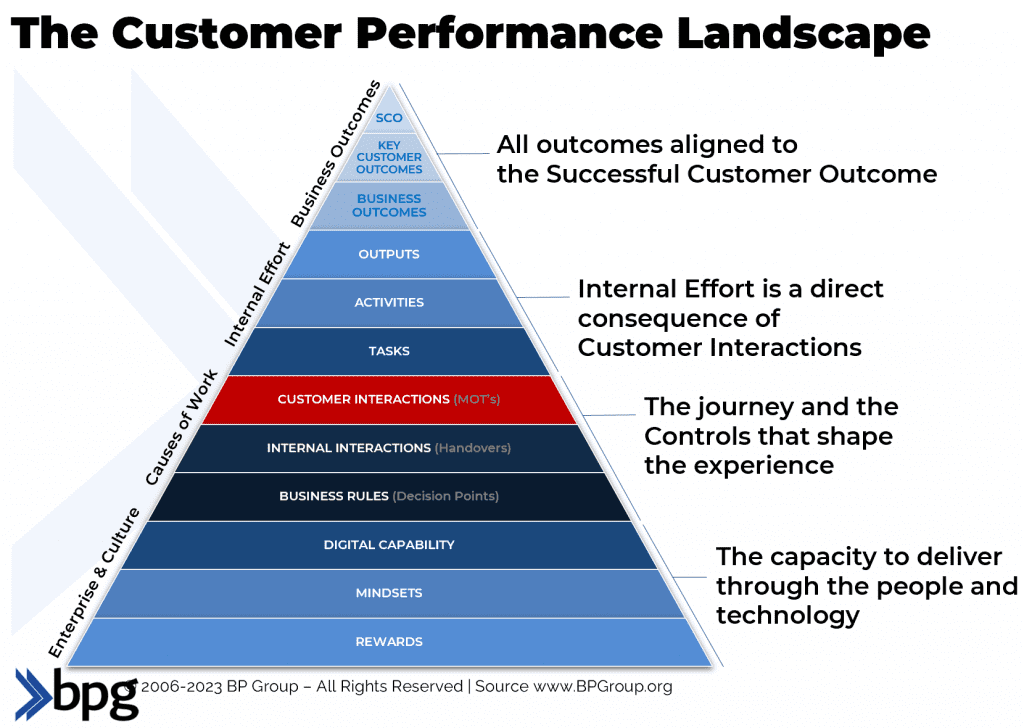Customer experience (CX) is one of the most important factors influencing customer satisfaction, loyalty, retention and revenue. However, measuring CX can be challenging and complex, especially with existing systems that are often too subjective, retrospective and non-representative®.
If you are a senior business person or a customer experience professional who wants to gain organisational support for your efforts, produce actionable plans that improve customer experiences and build credibility for your CX efforts, then you need a new and innovative system to help you measure CX effectively and efficiently.
Some of the common challenges and limitations of existing CX measurement systems are:
- They rely too much on subjective feedback from customers, such as surveys or ratings, which can be influenced by various factors such as mood, memory or social desirability
- They are too retrospective, meaning they capture customer opinions after the experience has occurred, which can miss important moments or emotions during the experience
- They are not representative, meaning they only capture a small sample of customers willing or able to provide feedback, which can skew the results or miss important segments or personas.
Some of the recent findings make for stark reading:
- According to a McKinsey survey, the typical CX survey samples only 7 per cent of a company’s customers, providing an extremely limited view of what customers experience and value[1]
- Another McKinsey report states that nearly two-thirds of respondents ranked the ability to act on CX issues in near real-time as among their top three priorities, but only 13 percent of leaders expressed certainty that their organizations could achieve this level of rapid insight through existing systems[2]
- Too much subjective data often makes aligning customer goals with business outcomes difficult. Getting lost in the sheer mass of available data is far too easy.
These challenges can lead to inaccurate or incomplete data on customer experiences, resulting in poor decisions or actions that do not address customers’ real needs or expectations. This can ultimately affect customer satisfaction, loyalty and retention.
So how can you enhance your CX measurement with objective, fact-based and actionable approaches?
How can you connect a modern CXMS to business goals and outcomes?
One way is to adopt approaches that add to existing CXM systems by incorporating six elements that directly measure experiences: How Easy, How fast, How convenient, How trackable, How personalised and How predictive.
Combine those measures with a unifying model, such as the Customer Performance Landscape® and directly link the customer experiences with business goals.[3]

The CEMMethod® Customer Performance Landscape®
Over the last decade, we have codified these best CX measurement practices into the Customer Experience Management Method® (CEMMethod®). These approaches are based on leading global companies’ ‘next’ practices. Sometimes, the Customer Experience 6 (CX6) measurement approach has completely replaced previous systems like CSAT and NPS.
The CX6 includes easy-to-measure elements across all experiences and can produce results from a simple and quick analysis. The approach will ensure full support from the business leaders and put all your CX efforts on steroids. It also doesn’t mean you have to abandon those dated approaches to CX measurement – you can either implement CX6 as a complementary approach or as a complete standalone system.
If you would like to see how the CX6 can help we invite you to join our upcoming webinar on measuring customer experience with CX6.
In this webinar, you will learn:
- What are the main challenges and limitations of existing CXM systems
- What are the six elements of CX6 and how they relate to customer expectations and preferences
- How to measure each element of experience using different methods or tools
- What are the main benefits of using CX6 for organizations and customers
- How to use CX6 in practice with a live demonstration
By attending this webinar, you will discover how CX6 can help you overcome the challenges of existing CXM systems and deliver better outcomes for both customers and organizations. You will also get to ask questions or share feedback on our presentation.
Take advantage of this opportunity to learn how to measure customer experience with CX6: a new and innovative system.
Register now by clicking this link https://cemnext.com/cxm_landing
and reserve your spot today!
[1] McKinsey – Prediction: The future of Customer Experience
[2] McKinsey – The power of the operating model in Customer Experience
How to win the Triple Crown?
Get yourself and your colleagues ‘upskilled’ with the Accredited Customer Experience Professional® to acquire the latest tools, techniques, and proven approaches to winning with Customer Experience.
RECOMMENDED QUALIFICATION:
The Accredited Customer Experience Professional® (ACXP): https://bit.ly/GCCACXP
If you want to check if your colleagues are already qualified do a search with #ACXP on Linkedin.
Review the extensive options from the BPG: https://www.bpgroup.org
Connect with the author: https://linktr.ee/SteveTowers

